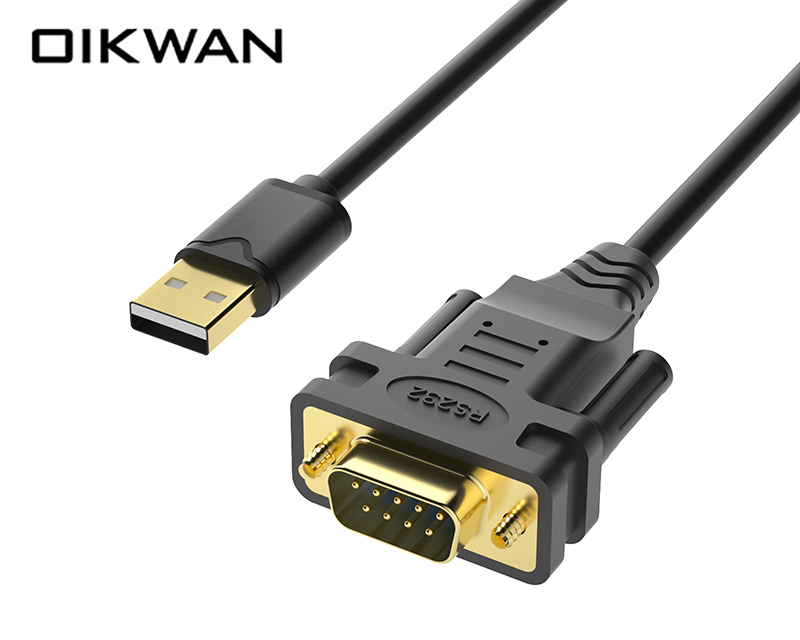Serial debug line and RS232 are both common serial communication interfaces, but they have some differences, so let's learn more about the differences between serial debug line and RS232.

1. Different electrical characteristics
The electrical characteristics of serial debugging line and RS232 are different. Serial debug line usually uses TTL level, that is, the high level is +5V and the low level is 0V;
While RS232 uses differential level, that is, logic 1 is negative level (-3V to -15V) and logic 0 is positive level (+3V to +15V), therefore, when actually working, the level should be guaranteed between -3V to -15V or +3V to +15V. EIA RS-232C is used The positive and negative voltages are used to indicate the logic state, which is different from the TTL regulation that indicates the logic state by high and low levels. In order to be able to connect with the computer interface or the TTL device at the terminal, the level and logic relationship must be transformed between the EIA RS-232C and the TTL circuit.
2. Different application scope
Serial debug line is suitable for debugging and burning programs for embedded systems, microcontrollers, etc. RS232 is widely used for data transmission between computers, printers, modems and other external devices. In addition, in the field of industrial automation, RS232 is also widely used for communication between PLC, industrial control machines and other devices.
3. Different data transmission rates
Due to the different electrical characteristics, the data transmission rate of serial debugging cable and RS232 is also different. The highest transmission rate supported by serial debugging cable is usually around 115200bps, while RS232 can support higher transmission rates up to 1152000bps.
4. The number of lines and different connection methods
Serial debug line usually requires only three lines: TXD, RXD and GND, of which TXD is the transmit data line and RXD is the receive data line. RS232, on the other hand, requires more lines, including TXD, RXD, CTS, RTS, DSR, DTR, DCD and so on. There are also some differences in connection. Serial debug lines usually use 3.5mm or 2.54mm row of pins to connect, while RS232 uses DB-9 or DB-25 connectors.
In short, although both serial debug cable and RS232 are serial communication interfaces, they differ in electrical characteristics, application scope, data transmission rate and connection method. Therefore, when choosing to use them, you need to select them according to the actual needs and pay attention to the compatibility of the adapters and connecting cables.